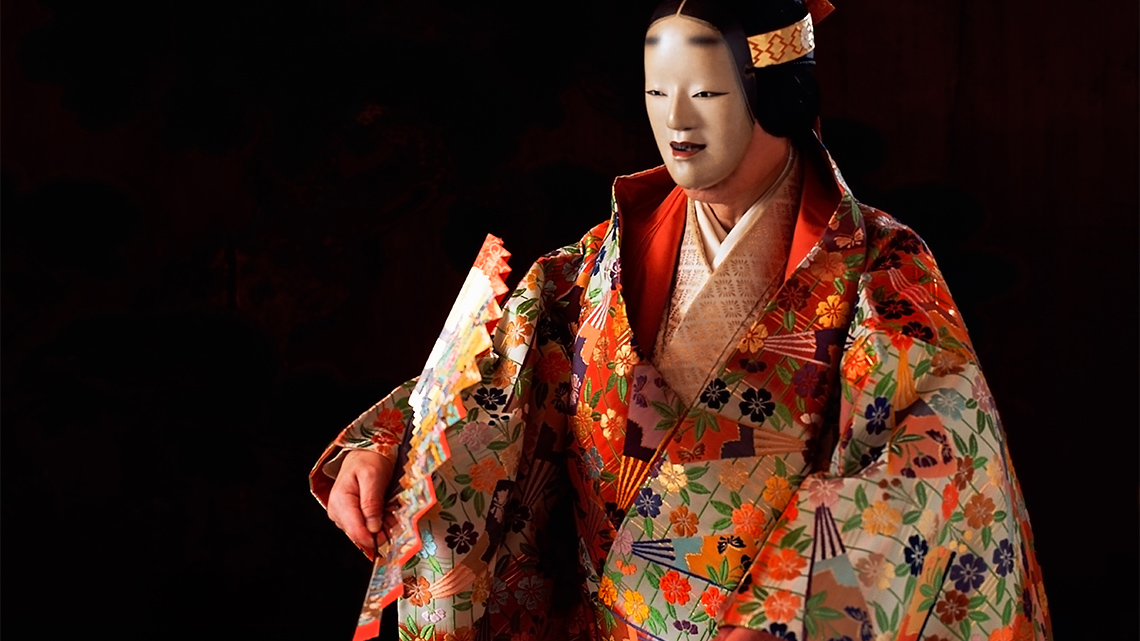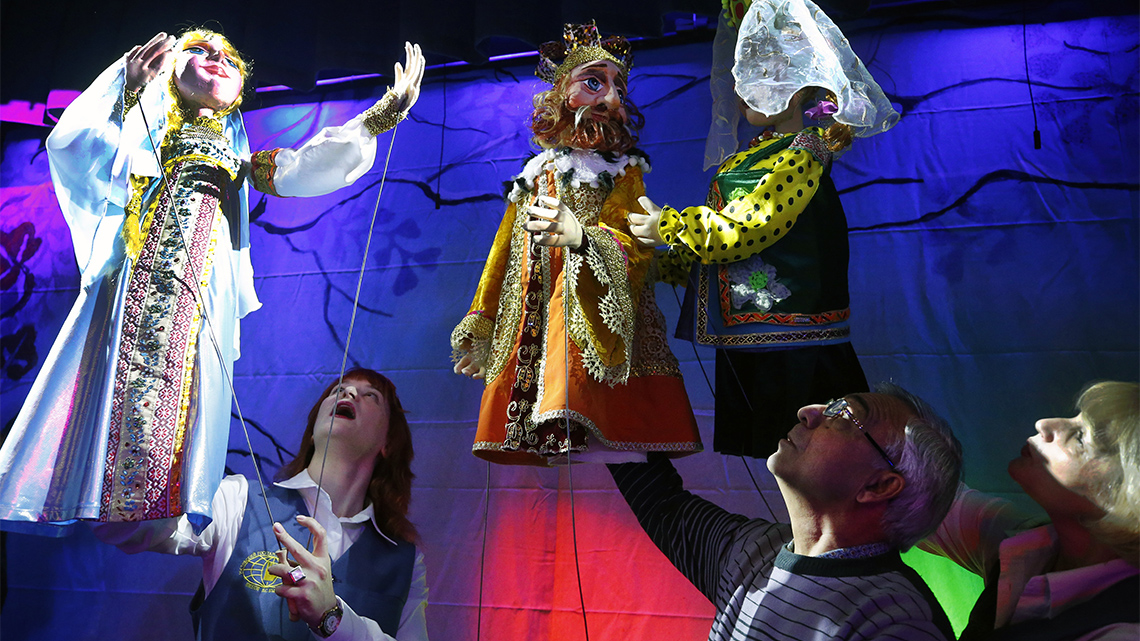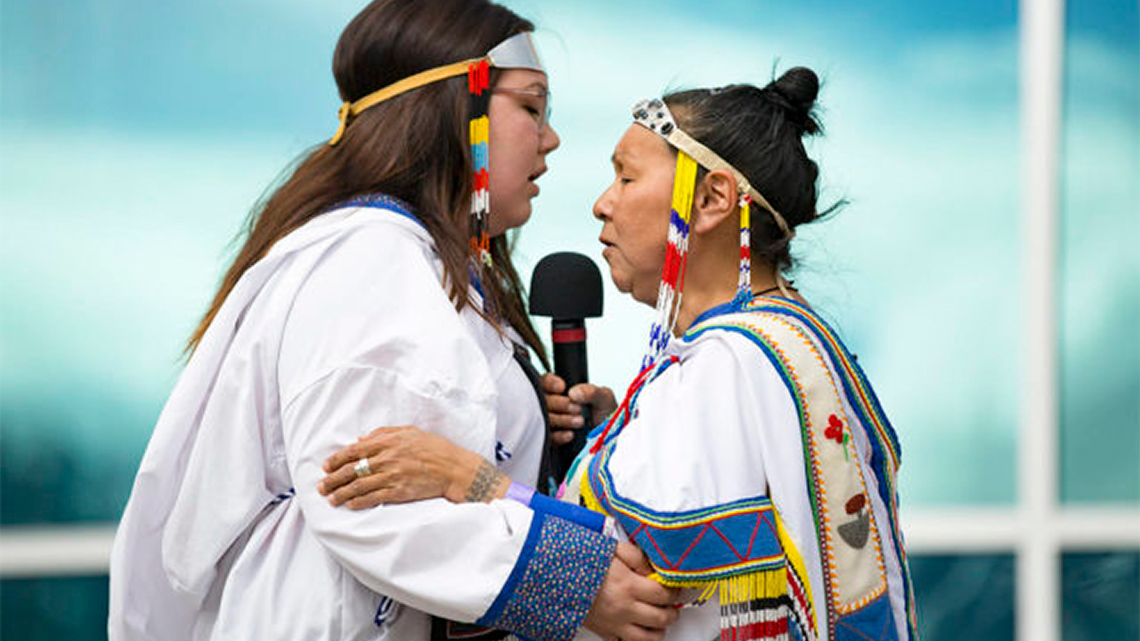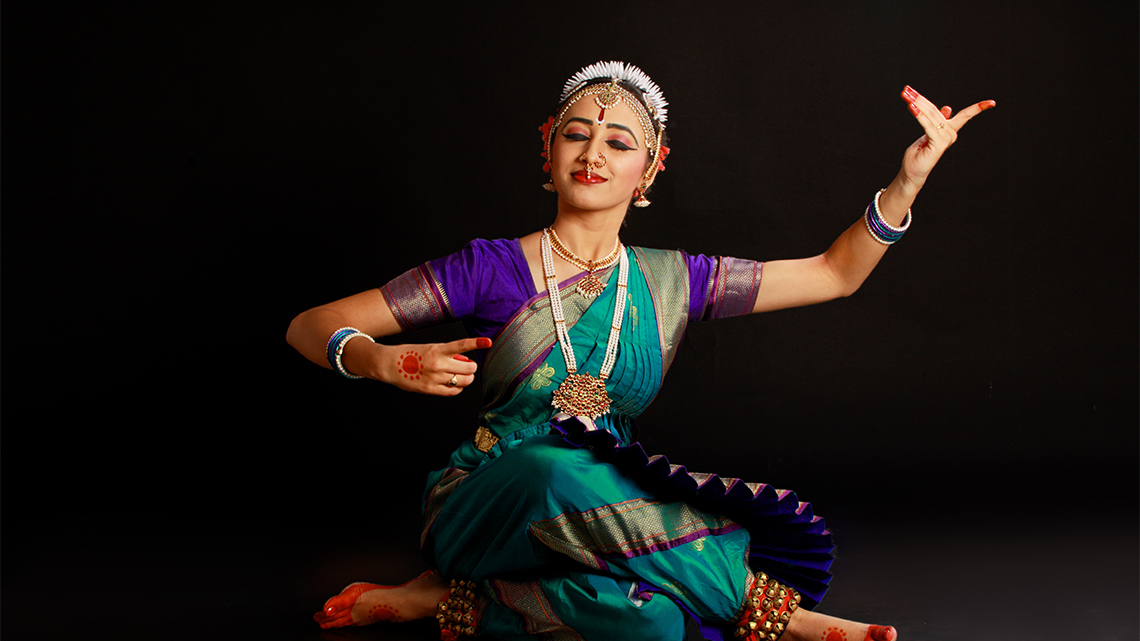Minds On
Warm up
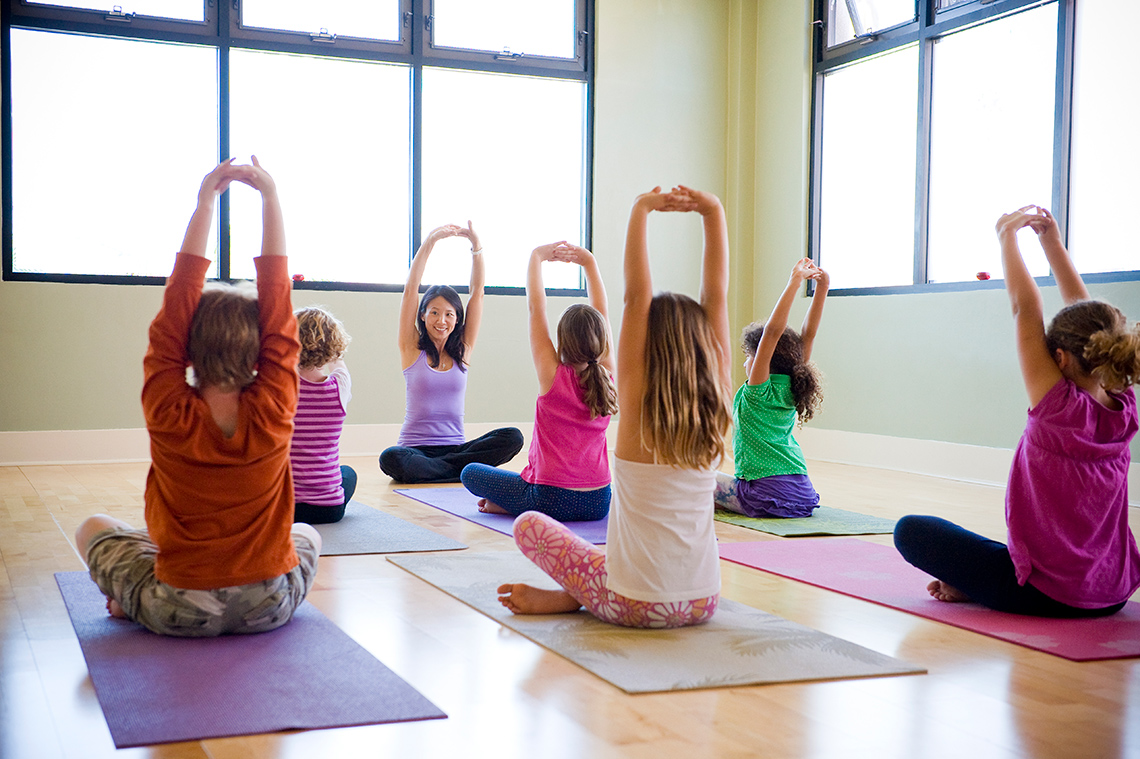
Don't forget to do your safety check!
Warm Up
Breathe in and out
For our warm-up activity, access this audio clip entitled "Breathing Activity" to learn more about taking deep breaths.
Breathing Activity
Find a comfortable position. Focus your attention on one part of the body at a time.
How does that part of your body feel? If possible, take a deep breath and allow your lungs to expand.
Now, focus your attention on one part of your body. Allow that part to relax before moving on to the next.
As you scan through your body, keep breathing deeply.
Once you have completed the scan, take a moment to stretch.
Drama game

Let's create something new out of everyday objects.
Select three objects (like a chair, scarf, or a book), and imagine that they are something else entirely!
For example, a book might become a bird with it's wings flapping.
Use your imagination!
With your three objects, create a short drama story.
If possible, share your drama story with a partner.
Let's get started!
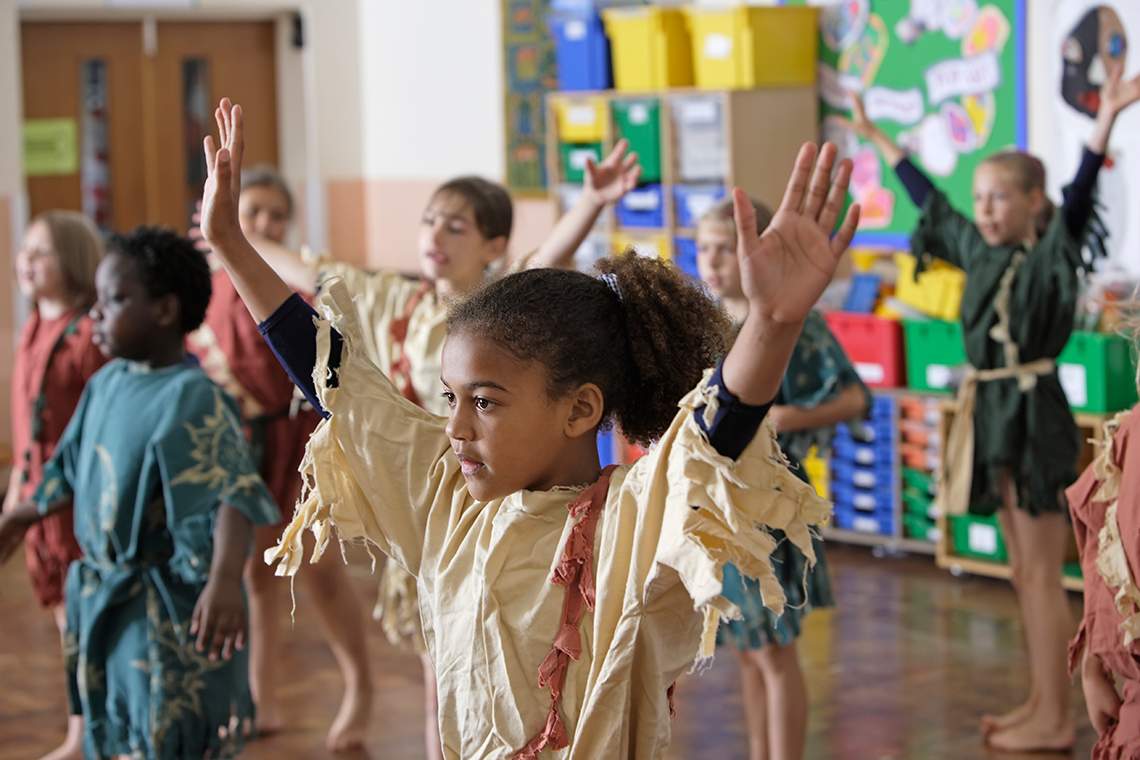
Brainstorm
Theatre
- What are some of the types of drama and theatre that you are familiar with?
- What are some of the different reasons why communities include drama and theatre?
- Why might drama and theatre be important in different communities around the world?
Record your ideas in a notebook or another method of your choice
Action
Get ready, get set…
World theatre is drama that has come from around the world.
Specific places and cultures in the world have diverse traditions and ways to express themselves, and their rich cultural history.
Drama is one of the ways that people can express and teach people from other places about their histories, their beliefs, and ideas as well as their everyday lives. World theatre helps us learn about cultures and communities!
Theatre traditions
Explore the following theatre traditions:
Student Success
Think-Pair-Share
After exploring the different images, reflect on the following:
- What do you notice about each image?
- Have you experienced these types of drama performances?
Record your ideas in a notebook or another method of your choice.
If possible, share your responses with a partner.
Note to teachers: See your teacher guide for collaboration tools, ideas and suggestions.
World theatre
After checking out the images, let's continue to explore world theatre traditions.
Press the following tabs to access various theatre traditions.
Japanese Noh began in the 14th century, and uses song and dance to tell stories. The stories told are based in legend, history, literature, and current events.
The movements are slow and precise, and the costumes are elaborate.

The earliest puppeteers, skomorokhi, originated in the 15th century. At that time, they used little clay puppets with holes to place their fingers.
Over the centuries, Russian puppet theatre has used puppetry to create shows about current issues, fairytales, folktales, and skits.

This is a scene from “Wish upon a Pike,” performed at the Obraztov Puppet Theatre in Moscow, Russia.
The Inuit are the original people from the Arctic and northern regions of Canada, Alaska, Russia, and Greenland. In Canada, the Inuit homeland is called Inuit Nunangat and encompasses Inuvialuit (the Northwest Territories and the Yukon), Nunavik (Northern Quebec), and Nunatsiavut (Newfoundland and Labrador).
Inuit throat singing is a type of performance that involves two women who sing duets. They must control their breathing and sing from their throat, stomach, and diaphragm. The two participants go back and forth trying to match the rhythm of their partner. Participants often have contests for who would be able to last until the end. The Inuit word for throat singing is katajjaq.
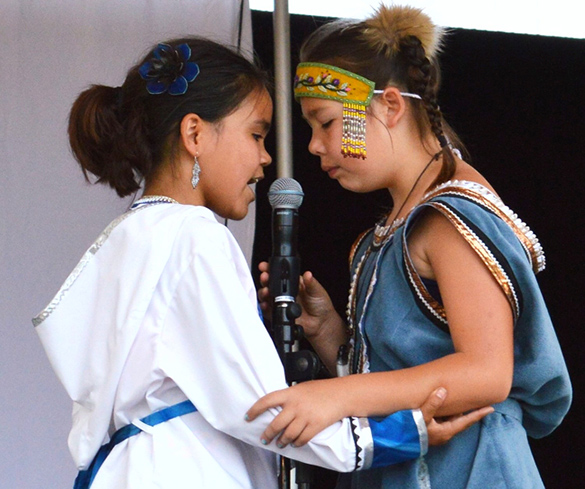
Throat singing duo Tarniriik, or “Two Souls,” at the 2016 Summer Solstice Indigenous Festival in Ottawa. Samantha Kigutak-Metcalfe and Cailyn Degrandpré perform traditional throat songs to share their culture with others.
Khon is a Thai classical dance which incorporates costumes, singing, speaking, and music. Khon was performed in the royal court in Thailand.
The costumes include decorated headdresses, crowns, and full-head masks.
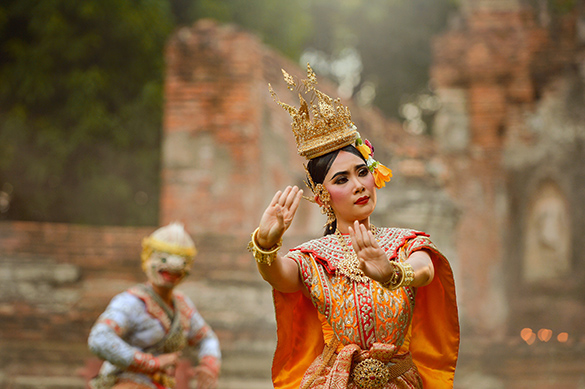
Bharatanatyam is one of the oldest classical dance traditions in India.
It is often a solo dance where the performer covers different themes through footwork, face expressions, and hand gestures known as mudras.
Bharatanatyam is a dance form that includes music, rhythm, and expression.
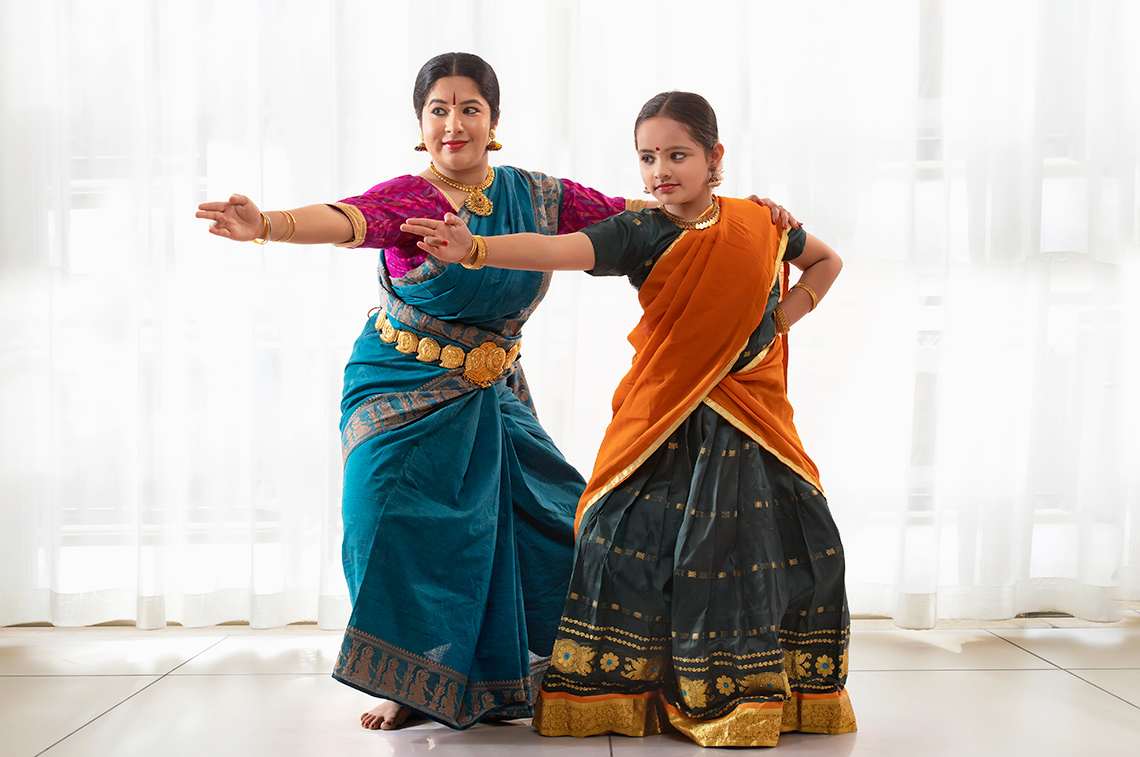
Performance strategies
Explore this video entitled “Body, Face, and Voice” to learn more about how actors use body movement, facial expressions, and vocal cues to convey emotion.
What did you learn about how someone might use their face, body, and voice in a performance?
Record your ideas in a notebook or another method of your choice.
Go!
Elements of drama
Let's review the elements of drama!
In drama performances and theatre, the elements are considered to tell a story, share ideas, entertain, and educate an audience.
Press the following tabs to explore the elements of drama.
What does the audience learn about the character(s) from their lines, gestures, and/or movements in this scene?
Is there a relationship explored in this scene?
For example, this could be a relationship between characters, or the relationship between the character and their environment, etc.
Is there a clear setting explored in the performance?
Does the performer use props, costumes, or makeup to enhance their performance?
Is sound, light, staging, or technology used to create a particular mood? If so, what kind of mood is created (e.g., suspenseful, joyful, anger, etc.)?
How does the performer focus on the audience's attention?
Is there a particular tool, technique, or convention that they use to create emphasis in their performance?
In a performance, the performer may use their facial expressions, body movements, and/or gestures and voice in different ways. These choices help to convey different emotions and ideas to the audience.
Try It
Your turn!
1. Choose two of the following video clips and explore their world theatre traditions.
2. Identify which elements of drama are used in the performances you explored.
Complete the Elements of Drama – World Theatre Activity in your notebook or using the following fillable and printable document. If you would like, you can use speech-to-text or audio recording tools to record your thoughts. Consider adding your work to your drama portfolio.
|
Chosen World Theatre Tradition A: |
|
|
Drama Element |
Description |
|
Character |
|
|
Relationship |
|
|
Setting |
|
|
Tension |
|
|
Focus and Emphasis |
|
|
Additional Notes: |
|
|
Chosen World Theatre Tradition B: |
|
|
Drama Element |
Description |
|
Character |
|
|
Relationship |
|
|
Setting |
|
|
Tension |
|
|
Focus and Emphasis |
|
|
Additional Notes: |
|
Press the ‘Activity’ button to access Elements of Drama – World Theatre Activity.
Press the following tabs to access various world theatre traditions.
Access this video entitled "Kashu-Juku Noh Theatre" to learn more about Noh theatre.
Explore this video entitled "Inuit throat-singing sisters from Canada" to learn more about Inuit throat-singing.
Karin Kettler describes katajjaq as creating “the same sound, but only a half second off from each other and that’s how we can blend our voices. Throat singing comes from our voice, our throat and our breathing.”
Source: Kettler, Karin. Circumpolar Music and Dance Festival, YouTube, URL: https://www.youtube.com/watch?v=DLMlkjnYe0U
Explore this video entitled "Beyond Words—Storytelling Through Indian Classical Dance" to learn more about Bharatanatyam.
Consolidation
Theatre traditions

Portfolio
Further connections
Which theatre traditions would you like to learn more about?
Select one of the theatre traditions we explored throughout this learning activity and one of the following options.
Option A:
Research the following information about your selected theatre tradition:
- Where does this theatre tradition come from?
- What are the drama elements explored by this theatre tradition?
- Why might this theatre tradition be important to the community or culture?
Option B:
- Do you have a theatre tradition in your own culture and community?
- If so, do you know the history of the theatre tradition? Explore the history of your theatre tradition.
- Identify which drama elements are explored in your tradition.
- Why is this theatre tradition important to your cultural community?
Complete the Theatre Connections Activity in your notebook or using the following fillable and printable document. If you would like, you can use speech-to-text or audio recording tools to record your thoughts. Consider adding your work to your drama portfolio.
| Elements | Description/Notes |
|---|---|
|
History of Theatre Tradition |
|
|
Character |
|
|
Relationship |
|
|
Setting |
|
|
Tension |
|
|
Focus and Emphasis |
|
|
Why is this theatre tradition important to the community or culture? |
Press the ‘Activity’ button to access Theatre Connections Activity.
When you're ready, present your Theatre Connections Activity with a partner, if possible, or create an audio or video recording.
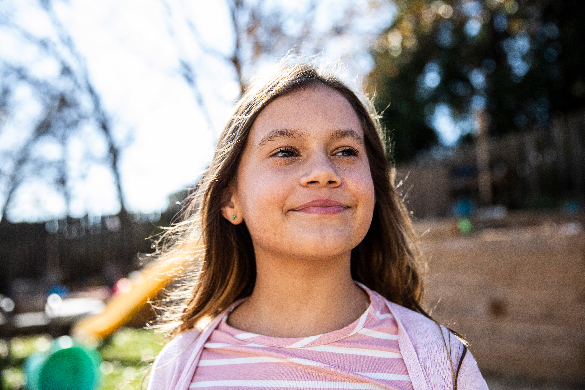
Portfolio
Review your learning
Reflect on and respond to the following questions:
- What were some of your key learnings about theatre traditions around the world?
- What are some of the main similarities and differences you noticed in theatre traditions around the world?
- How might theatre bring people together?
Record your ideas in a notebook or another method of your choice.
Consider adding your work to your drama portfolio.
Reflection
As you read through these descriptions, which sentence best describes how you are feeling about your understanding of this learning activity? Press the button that is beside this sentence.
I feel…
Now, record your ideas using a voice recorder, speech-to-text, or writing tool.
